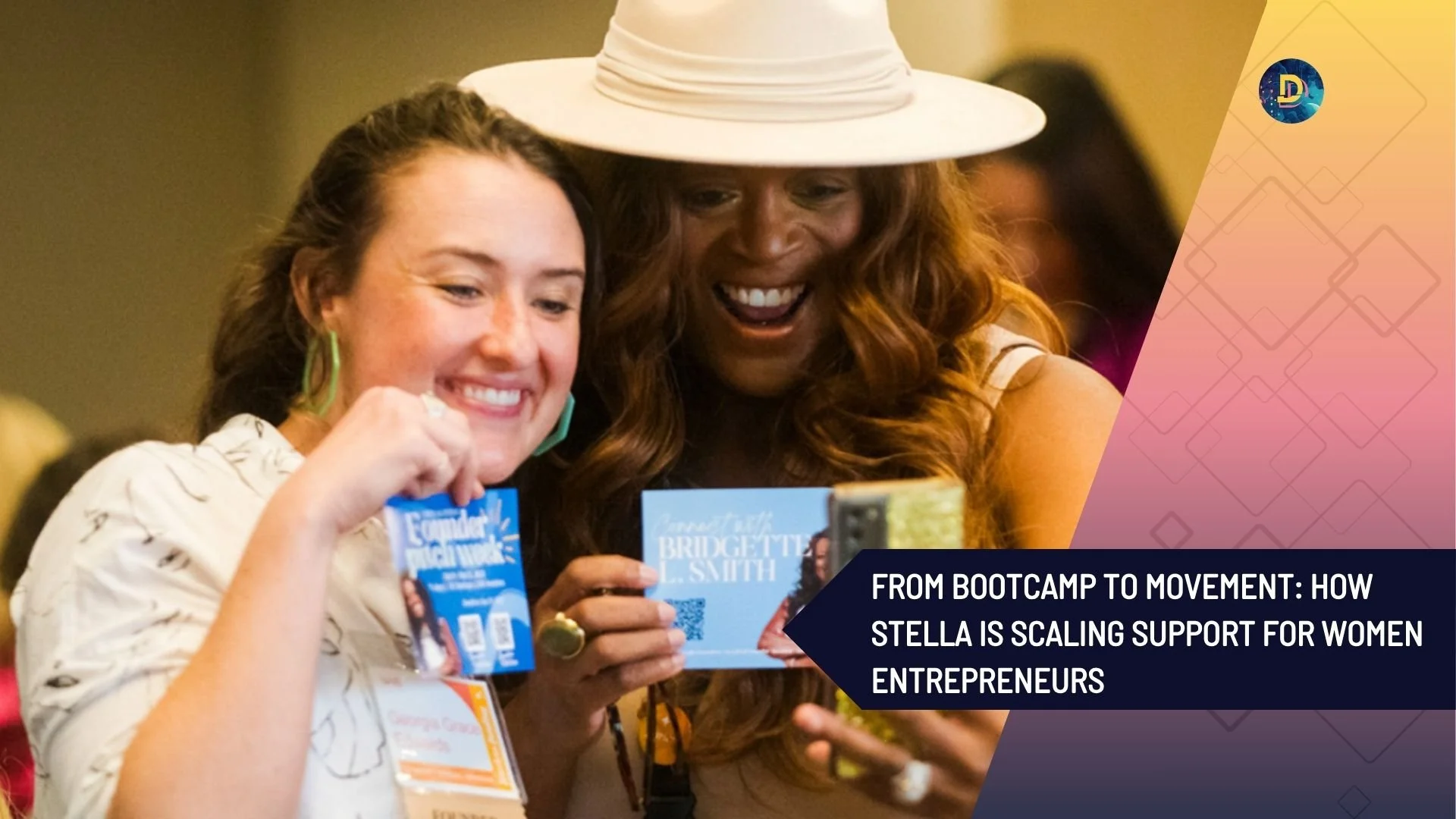Carlyn Loncaric: The Engineer Turning Frontline Experience into Life-Saving Tech
tl;dr
Carlyn Loncaric, founder and CEO of AquaEye (formerly VodaSafe), leads a Vancouver-based company developing AI-assisted sonar technology for water rescue.
Inspired by her background as a lifeguard and engineer, she created AquaEye Pro, a handheld device that helps first responders locate submerged victims within seconds.
Now used by emergency teams worldwide, AquaEye continues to evolve toward a comprehensive field-command system for faster, smarter water rescue operations.
From Lifeguard to Inventor
When Carlyn Loncaric set out to build a better tool for open-water search teams, she was not chasing a technology trend; she was solving a problem she knew in her bones.
After spending more than a decade lifeguarding and teaching swimming while earning degrees in systems and microelectronics engineering, Loncaric understood both the urgency and the limitations of water rescue. Those parallel experiences became the blueprint for AquaEye, the company she founded to bring fast, deployable sonar to first responders.
Building Eyes Beneath the Surface
The AquaEye Pro is a purpose-built handheld sonar device that emits acoustic pulses, interprets echoes using machine learning, and displays likely human targets in real time on a rugged, intuitive display. It can be deployed instantly from shore or a small boat, eliminating the setup time of traditional vessel-mounted sonar systems and giving search teams a vital edge in those critical first minutes.
The device reflects Loncaric’s deep technical background and her empathy for those on the frontlines. Every design decision, from ergonomics to user flow, addresses the realities of cold water, low visibility, limited personnel, and the operational constraints of emergency teams.
Her team’s latest addition, the AquaEye Command Hub, allows onshore commanders to view and overlay multiple sonar scans in real time, improving coordination across teams and extending the system’s use beyond a single rescuer.
From Prototype to Global Adoption
What began as a student prototype has become a globally recognized rescue technology. AquaEye (VodaSafe) has earned multiple innovation awards, taken part in startup accelerators, and gained attention at emergency response showcases. Backed by investors such as the Archangel Network, the company is now scaling production and expanding its international support footprint.
According to the company and verified field reports, AquaEye systems are in active use across fire, police, and military rescue teams in dozens of countries, a reach that underscores both its technical reliability and the global need for faster, more intuitive search tools.
Open-water searches are among the most time-sensitive operations in rescue work. Traditional methods rely on divers, boats, and large sonar systems that can take hours to deploy, delays that can determine life or death outcomes.
AquaEye compresses that window. By giving rescuers a small, instantly deployable device that identifies human targets within seconds, the technology reduces risk to personnel and gives families a greater chance of recovery.
“It’s about giving teams hope and speed when every second counts,” Loncaric has said in interviews. “You’re not just saving victims; you’re protecting rescuers too.”
Leading in a Hard Market
Building safety hardware is never easy. The public safety and defense-adjacent sectors have long procurement cycles, rigorous certification standards, and high stakes for reliability. For a woman founder leading a hardware company, those hurdles can multiply.
Loncaric has spoken candidly about that learning curve, balancing engineering, fundraising, and institutional trust-building, but her persistence has turned AquaEye into a credible presence in a market that rarely moves fast. Her leadership reflects a blend of technical fluency and grounded empathy, an understanding of both the technology and the human cost it is meant to reduce.
What’s Next
AquaEye’s evolution is focused on three fronts: refining detection algorithms for greater precision, expanding the Command Hub into a full coordination platform, and scaling manufacturing to meet rising demand. The company is also exploring ROV integrations and advanced sensor systems for deeper or hazardous conditions.
For Loncaric, the near-term goal is clear: to make AquaEye a standard tool in every rescue kit, as indispensable as an AED in cardiac emergencies.
Empathy, Engineered
Carlyn’s story ties together two worlds most founders never combine: the quiet vigilance of the lifeguard stand and the methodical innovation of the engineering lab. The same water that once tested her endurance is now where she tests her technology.
Each prototype and field test brings her closer to a vision of safety that is both human and high-tech, a device that reaches for people the same way lifeguards once reached from the shore.
For Loncaric, AquaEye is more than a product. It is proof that empathy, translated into engineering, can save lives.
























